China’s economic data for April revealed a mixed picture, with industrial production rising by 6.7% yoy, surpassing the expected 4.6%.
However, fixed asset investment for the year to date grew by 4.2% yoy, falling short of the anticipated 4.6%. Notably, real estate investment declined significantly, dropping by -9.8% in the first four months of the year.
Retail sales, a critical indicator of consumer spending, increased by only 2.3% yoy, below the forecast of 3.8%.
According to the National Bureau of Statistics , production and demand saw a stable increase, with employment and prices showing overall improvement. The NBS stated that the economy was generally stable, continuing to rebound and progress well.




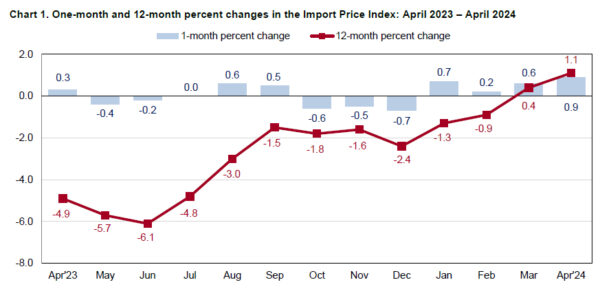
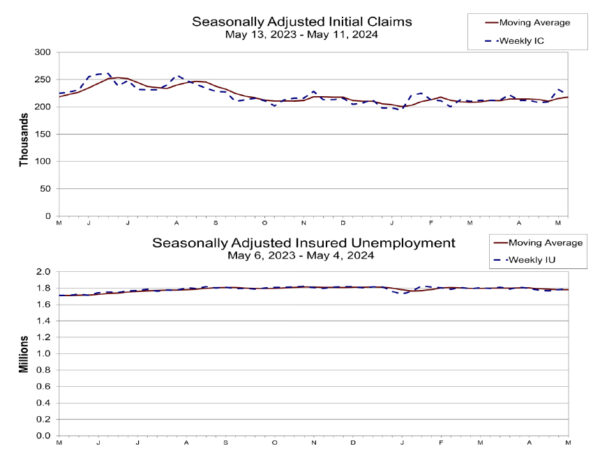
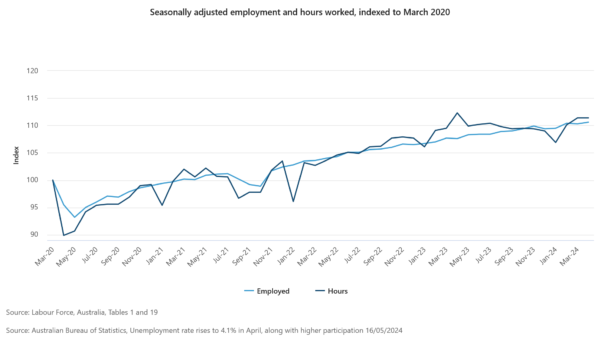
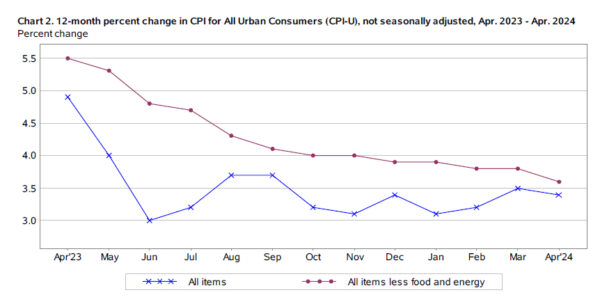
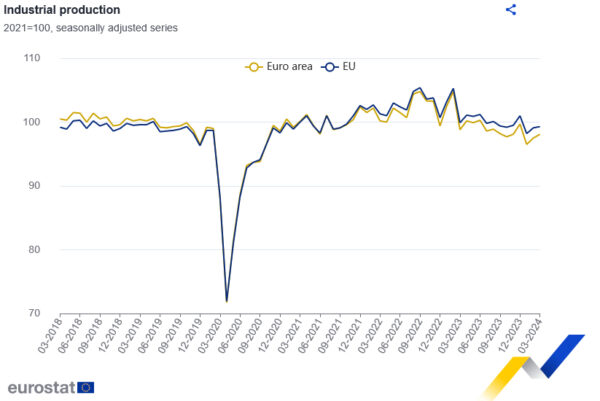
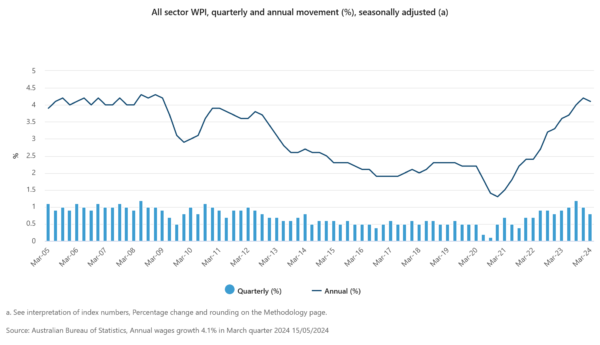
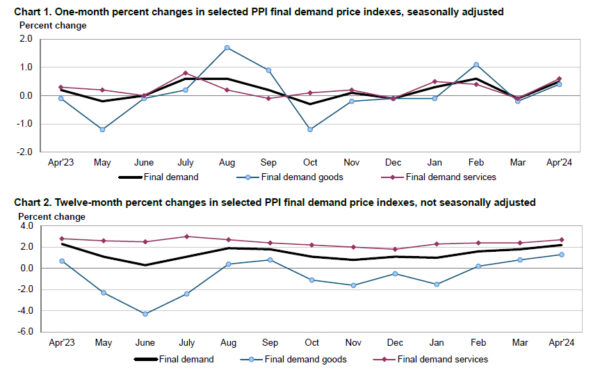

ECB’s Schnabel: June rate cut possible, another in July not warranted
In an interview with Nikkei, ECB Executive Board member Isabel Schnabel indicated that a rate cut in June “may be appropriate” based on current data. However, she noted that another cut in July “does not seem warranted.” Schnabel emphasized that the outlook beyond June is “much more uncertain,” pointing out that the “last mile” of disinflation is the “most difficult.”
Schnabel explained that the disinflation process has slowed significantly after most supply-side shocks were reversed, making it a “quite bumpy” global phenomenon. She highlighted that in Eurozone, part of this difficulty is due to base effects and the reversal of fiscal measures.
Importantly, Schnabel underscored that inflation driven by “second-round effects” has become “more persistent.” She advocated for a cautious approach, stressing that “after so many years of very high inflation and with inflation risks still being tilted to the upside, a front-loading of the easing process would come with a risk of easing prematurely.”